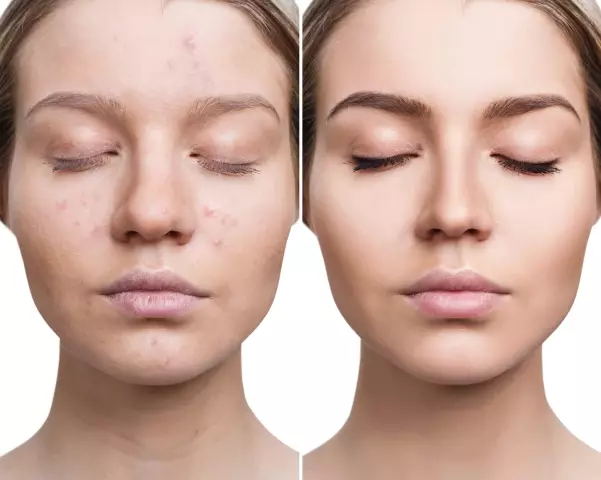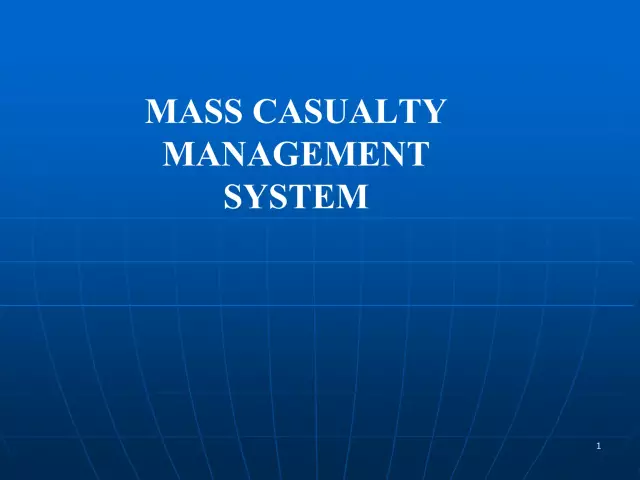- Author Rachel Wainwright [email protected].
- Public 2023-12-15 07:39.
- Last modified 2025-11-02 20:14.
Substance abuse
Brief description of the disease

Substance abuse is the inhalation of volatile drugs. Substance abuse is a type of drug addiction and causes addiction and serious disorders in the human body. Mostly children and adolescents from 8 to 15 years old suffer from this ailment. Addicts use plastic bags to inhale the vapors of various toxic substances.
With substance abuse, a person develops a weak euphoria, after a short period of time, consciousness becomes cloudy, a person loses orientation, and nausea begins. Strong toxic substances can cause delusions and hallucinations, loss of self-control, and impaired thinking. At very high doses, convulsions may appear, the person may fall into a coma or die. Addicts use various varnishes, glue, household chemicals for inhalation. All these substances are toxic to the human body.
Diagnose substance abuse by sunken and red eyes, persistent rhinitis, bronchitis. In a drug addict, personality development stops, mental disorders occur, and its perversion is observed.
Types of substance abuse
Tranquilizers
With prolonged use of tranquilizers, dependence on them vanishes. Dependence on tranquilizers is one of the forms of substance abuse. If a person with this addiction takes a break from taking tranquilizers, this leads to insomnia, nightmares, constant feelings of anxiety and unnecessary anxiety. Muscle cramps may occur, epileptic seizures, acute psychosis are possible.
Cofenism
Coffee is a very common product in many parts of the world, but this type of substance abuse, like cofenism, is quite rare. With cofenism, a person drinks up to 10 or even more cups of coffee a day, and sometimes he can eat the so-called "coffee jelly".
Chifir
The abuse of chifir is common - it is a very strong tea infusion. At first, it helps to increase efficiency, a person feels cheerful and energized. Chifir abuse leads to exhaustion, cardiac arrhythmias, chronic gastritis, and emotional instability.
Smoking
Smoking is also a type of substance abuse. Tobacco smoke contains about 30 substances harmful to the human body. These are nicotine, carbon dioxide, carbon monoxide, ammonia, hydrocyanic acid, etc. The most dangerous substance for the human body is nicotine. In large doses, it inhibits nerve cells, paralyzes the action of the central nervous system. In men, nicotine contributes to impotence.
In addition, smoking directly harms the respiratory system. Promotes the appearance of chronic bronchitis, causes spasms of the heart vessels. Under the influence of nicotine, the smoker produces excessive secretion of gastric juice, and this, in turn, can cause nausea, and as a result - vomiting.
Teenage substance abuse
In recent years, teenage substance abuse has become quite widespread. You can often find a teenager on the street with a bag in his hands, who inhales vapors of toxic substances. The average age of young drug addicts is 8-15 years. Often teenage substance abuse manifests itself in large quantities. This can be a group of 2 or more people. Children from disadvantaged and low-income families become addicts.
Toxic substances have an extremely detrimental effect on the child's body. Externally, there is a reddening of the face and a gray color of the nasolabial triangle. The pupils of the teenager are dilated, the hands are trembling, the gait becomes shaky, coordination of movements is impaired.
In order to help a teenager get rid of substance abuse, he must first of all be isolated from a dysfunctional company. In many cases, this is sufficient. But when the addiction has already been formed, the help of a psychologist and a narcologist is required.
The consequences of substance abuse
The consequences of substance abuse can manifest themselves in different ways. Depending on how long a person poisons his body in this way. At first, this is muscle pain, nausea, cramps, headaches, insomnia. At the psychological level, severe depression is manifested, nothing unconditioned aggression, anger, irritability, it becomes difficult for a person to control himself.
But after several months, the addict's internal organs may begin to collapse, cirrhosis of the liver may be diagnosed, and the brain may also undergo irreversible damage. It is highly likely that after 2 years a toxicomaniac may become disabled. Frequent drug overdoses lead to dementia.
Substance abuse treatment
Treatment of substance abuse can only be carried out in a hospital.

It is necessary to restore impaired somatic functions, suppress mental dependence on substance abuse, and normalize the patient's mental state.
The patient is detoxified, glucose is injected intravenously, diuretics, vitamins are prescribed. To eliminate depression in a patient, he is prescribed parazidol or amitriptyline drugs.
YouTube video related to the article:
The information is generalized and provided for informational purposes only. At the first sign of illness, see your doctor. Self-medication is hazardous to health!






